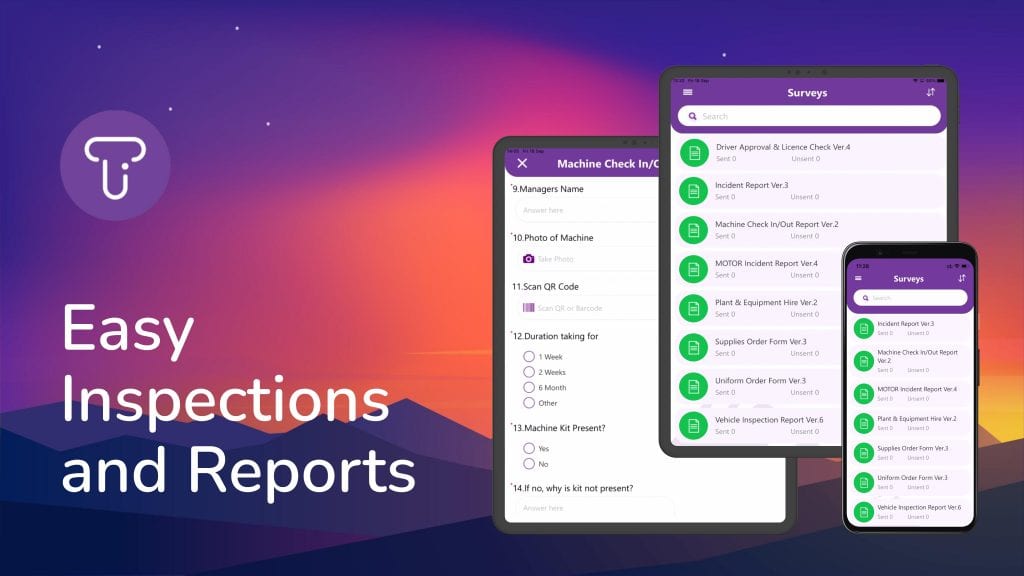Surveys are one of the most powerful and versatile data collection methods available to businesses. Any savvy business owner in 2021 understands that the right data can turbocharge their decision-making and enable their business to reach new heights. However, while most business leaders are now aware of the importance and potential power of data, many continue to make the fatal error of assuming that more data is better.
When it comes to gathering and analysing data for your business, the quality of the data is much more important than the quantity. In fact, having too much data can make it virtually impossible to do anything useful with it. A well-designed survey can provide your business with exactly the kind of high-quality data required to make better decisions and gain invaluable insights about your staff, customers, and competitors.
Below are some essential words of advice that every business needs to know before they start building surveys. With this advice in hand, planning and creating effective surveys becomes much easier.

1. Use the right tools
The software or online tool you use to produce your surveys will have a significant impact on their quality and usefulness. The easier it is for you to design and populate your surveys, the more time you will have to focus on formulating the right questions and fulfilling the purpose of your survey. There are numerous tools you can use to create surveys and other forms. For most businesses, a platform-agnostic solution like Tapapp is preferable. Tapapp is available as a tablet and smartphone app, and as an online tool. After signing up for a Tapapp account, users can take advantage of an intuitive drag-and-drop interface to build mobile forms and surveys. Because Tapapp is cloud-based, you can access any files you have created remotely. You can also share them easily amongst other users in your business by simply providing them with access to the same account.

2. Define your purpose early on
Before you can compose a useful survey, you need to be clear with yourself about its purpose. Whether you are creating forms for audits or surveys for client feedback, it is important to be clear about the purpose upfront. If you are building forms for internal auditing, your needs will be different from someone who is using them for field-based reporting.
Defining what you want to achieve with your surveys also makes it much easier to identify what other data collection and analysis methods you can use to augment your surveys and achieve your objectives.
It is also worth remembering that surveys are a far more versatile tool than many people realise. On the surface, surveys are just an efficient way of getting answers to specific questions. But they are actually capable of so much more.
For example, one of the primary functions of surveys is to assess customer satisfaction. But you don’t need a whole survey just to ask someone if they are happy with your products and services or not. A good business survey will dig beneath the surface and ascertain exactly why your customers feel the way they do about your business. The deeper you dig, the deeper the insights you gain will be.

3. Group your questions logically
The order in which you present questions to respondents can make a significant difference to the quality of the answers you receive. You should aim to group your questions so that questions on the same or similar subjects are grouped together. This enables you to get your respondents thinking about a particular subject and then gradually take them further down the same track, discovering new information as you go.
If your questions are ordered in a more scattered manner, your respondents’ minds will constantly be hopping from one subject to another. This prevents them from properly focussing and thinking deeply about the subjects you question them about. It is in your interests to make it as easy as possible for your respondents to give clear and concise answers to your questions.

4. Think about your distribution method
The way that surveys are administered and distributed has changed over the years. Today, most surveys are digital, and respondents will usually fill them out on their smartphone, tablet, or laptop. Relatively few surveys are administered in person, but this approach still has its place.
There are several things to consider when deciding on the best method for administering your surveys. For example, the costs of producing and distributing a survey can vary wildly according to the method you use; printing out physical copies and mailing them to respondents will cost a lot more than building a survey using an app and sending it to your customers via email.
You should also consider your target demographic; who do you want to read and respond to your survey? If you are targeting younger customers, it makes more sense to reach them via digital channels. On the other hand, if you are more interested in the opinions and responses of older people, they are more likely to respond to phone-based surveys.

5. Compile your results effectively
Once you have obtained all the data you need from your surveys, you then need to move on to analysing and visualising it. It doesn’t matter how good your data is if you don’t have a strategy for analysing it properly. Think of data as a raw, unrefined resource; data analytics is the process of refining it and making it useful.
Similarly, the way that you visualise and present data will affect how easy it is to interpret it and draw conclusions. There are a plethora of data visualisation tools and methodologies available; choosing the right one is challenging. If you are unsure on the best method for visualising and displaying your data, experiment internally and work out which method works best for your data.
When they are used correctly, surveys are potent tools for gathering data. Whether they are for internal or external use, the core principles of building an effective survey remain the same. The five tips outlined above will enable you to build effective surveys every time.

More in our blog:
